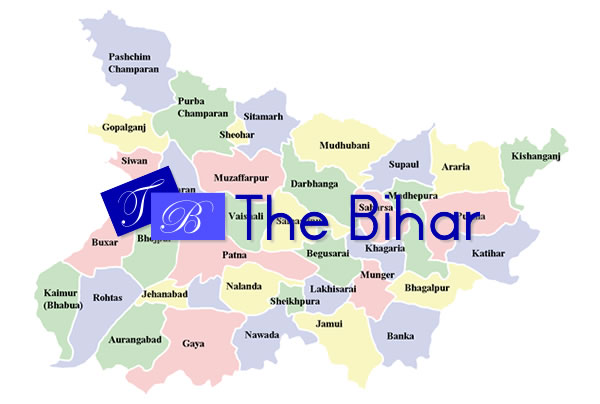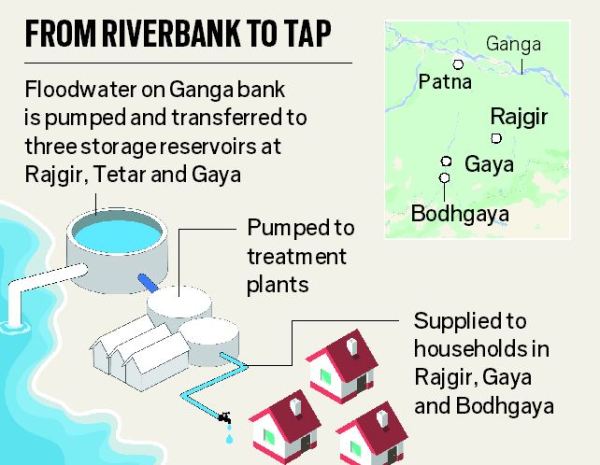Samudragupta
3 min readSamudragupta, ruler of the Gupta Empire (c. AD 335 – 375), and successor to Chandragupta I, is considered to be one of the greatest military geniuses in Indian history according to Historian V. A. Smith. His name is taken to be a title acquired by his conquests (Samudra referring to the ‘oceans’). Samudragupta the Great is believed to have been his father’s chosen successor even though he had several older brothers. Therefore, some believe that after the death of Chandragupta I, there was a struggle for succession in which Samudragupta prevailed.
The main source of Samudragupta’s history is an inscription engraved on one of the rocks set up by Ashoka the Great in Kausambi ( present day Allahabad). In this inscription Samudragupta details his conquests. This inscription is also important because of the political geography of India that it indicates by naming the different kings and peoples who populated India in the first half of the fourth century AD. The inscription to Samudragupta’s martial exploits states that its author is Harishena, who was an important poet of Samudragupta’s court.
The beginning of Samudragupta’s reign was marked by the defeat of his immediate neighbours, Achyuta, ruler of Ahichchhatra, and Nagasena. Following this Samudragupta began a campaign against the kingdoms to the south. This southern campaign took him south along the Bay of Bengal. He passed through the forest tracts of Madhya Pradesh, crossed the Orissa coast, marched through Ganjam,Vishakapatnam, Godavari, Krishna and Nellore districts and may have reached as far as Kancheepuram. Here however he did not attempt to maintain direct control. After capturing his enemies he reinstated them as tributary kings. This act prevented the Gupta Empire from attaining the almost immediate demise of theMaurya Empire of Ashoka the Great and is a testament to his abilities as a statesman. The details of Samudragupta’s campaigns are too numerous to recount here. These can be found in the first reference below. However it is clear that he possessed a powerful navy in addition to his army. In addition to tributary kingdoms, many other rulers of foreign states like the Saka and Kushan kings accepted the suzerainty of Samudragupta and offered him their services.
Much is known about Samudragupta through coins issued by him. These were of eight different types and all made of pure gold. His conquests brought him the gold and also the coin-making expertise from his acquaintance with the Kushana. Samudragupta is also known to have been a man of culture. He was a patron of learning, a celebrated poet and a musician. Several coins depict him playing on the Indian lyre or Veena. He gathered a galaxy of poets and scholars and took effective actions to foster and propagate religious, artistic and literary aspects of Indian culture. Though he favoured the Hindu religion like the other Gupta kings, he was reputed to possess a tolerant spirit vis-a-vis other religions. A clear illustration of this is the permission granted by him to the king of Ceylon to build a monastery for Buddhist pilgrims in Bodh Gaya.


